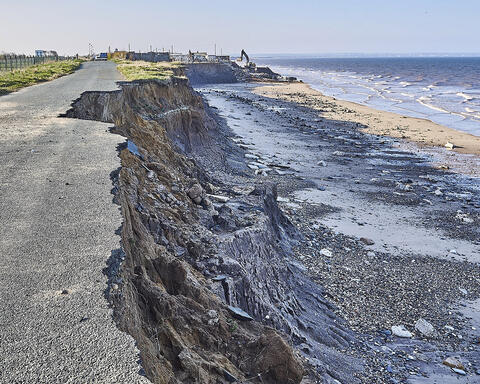
Investing for good is not only possible, but profitable. But how can you tell if your money is really making a difference? Learn from the experts about the challenges and opportunities of sustainable finance
Many institutions and funds will have had the same conversation over the last few years: how sustainable are their investments? Should they be divesting “dirty” shares? Which sectors should be off limits? How can wealth best be deployed for the good of people and the planet – and can it still make money?
Sustainable finance is coming of age, spurred on by a mix of financial motives, fundamental values, and a wish to use cash for social ends as well as profits.
Companies with superior environmental, social and governance (ESG) ratings will perform better financially, investor logic goes, as they attract more business opportunities and motivated employees. Some investors find sectors such as fossil fuels, defence and mining too unpalatable while others prefer to invest for social and environmental as well as financial gain if they can.
And of course, investors want to be able to spot greenwashing and know their cash is making a difference.
How to measure ESG performance
In our special edition of the Review of Finance, we’ve published the pick of research into this evolving area and hope to shed light on the confusion, interest and scope of investors. We also want to look to the future and examine where new opportunities lie and which reforms could bring more credibility.
A key challenge is to define what “sustainable investment” means. Nearly all larger companies now report on their own sustainable performance, to accusations of greenwashing from sceptics.
Even five years ago, we knew so little of companies’ environmental and social behaviour compared to today
In the absence of an established, common set of rules, companies will inevitably select information that casts them in the best light. Ratings agencies that evaluate companies’ performance can be subjective and may prefer some metrics over others, and this can skew results. Researchers found great disparities among six major ESG ratings firms depending upon how they valued different measures such as workforce practices and more.
But there’s growing pressure to force companies to declare hard data that allows investors to compare and judge ESG performance, rather than information that can be manipulated, and this trend will only gather pace.
The power and pitfalls of environmental and social investors
A company’s environmental record is arguably easier to verify than its social and governance performance; data such as greenhouse gas emissions are becoming the most prominent measure for ESG investors and are required by many international authorities.
But research has revealed that, while some investors are growing wise to greenwashing and more exacting about company performance, many private investors don’t understand the nuances of ESG reports and ratings even if they profess to be green. At the same time, many of these environmentally aware households don’t invest at all. Without financial literacy, “people’s capitalism”, researchers conclude, won’t live up to its potential.
There’s growing pressure to force companies to declare hard data that allows investors to compare and judge ESG performance
But, as another paper shows, environmental and social investors can wield real power by threatening to sell up in the wake of a company misdemeanour. And these threats hold more sway than an actual investor exodus in the wake of negative headlines, researchers found: it’s the fear of financial fallout that prompts firms to cut their greenhouse gas emissions and clean up their act.
The future of decarbonisation
Looking to the future, companies will come under more pressure to decarbonise as the environmental element of ESG performance gathers weight.
But this raises questions about all the smaller and private companies that sit outside larger western corporations. How can businesses in developing economies be encouraged to clean up, and how can the developed world support and compensate them? How can they benefit from the growth that western companies have enjoyed for decades while becoming more environmentally efficient?
Debate also rages over divestment versus engagement: is it more effective to invest in the worst culprits in order to have a seat at the table and urge them to improve?
Sustainable finance: a work in progress
While nations grapple with these thorny questions at COP summits, we can take heart: progress over the last decade has been significant. Even five years ago, we knew so little of companies’ environmental and social behaviour compared to today.
Finance is a key channel to funding sustainable change: it can mobilise resources. Financial markets also provide a perfect laboratory where we can examine the impact of ESG policies and practices. Markets allow us to measure the cost of specific strategies and choices, and to understand the impact of values such as societal good that are so tricky to quantify.
It’s the fear of financial fallout that prompts firms to cut their greenhouse gas emissions and clean up their act
But we are not there yet. We don’t yet understand how to balance the carrot and stick most effectively. How can authorities and investors incentivise change and corroborate claims, and what happens if a company doesn’t deliver on its promises? Monitoring and verifying are some of the biggest challenges for environmental and social investing. Put simply, how do we know if sustainable finance works?
As a society, it’s ultimately down to us to decide the changes we want, but at least sustainable finance provides a structure that allows for more informed decisions. It allows us to evaluate challenges, and the trade off between costs and benefits. While many elements are still lacking – universal standards, repercussions of non-compliance, transparency – doing something is undoubtedly better than doing nothing.
This article draws on findings from “Sustainable Finance” by Alex Edmans (London Business School) and Marcin Kacperczyk (Imperial College London).



